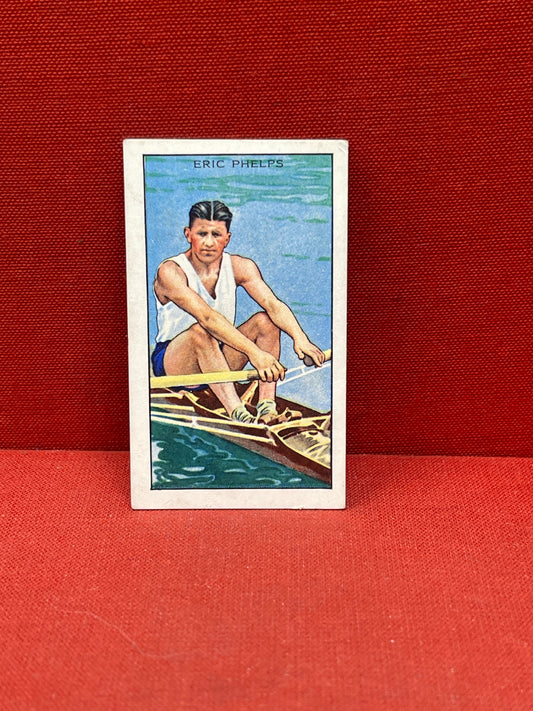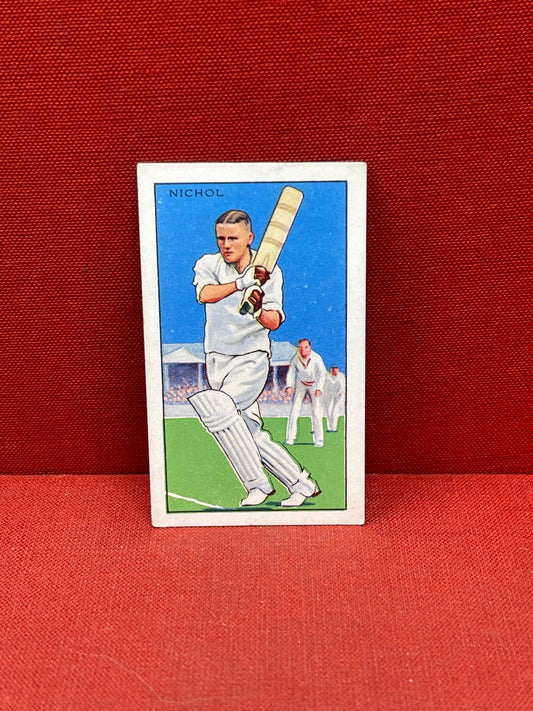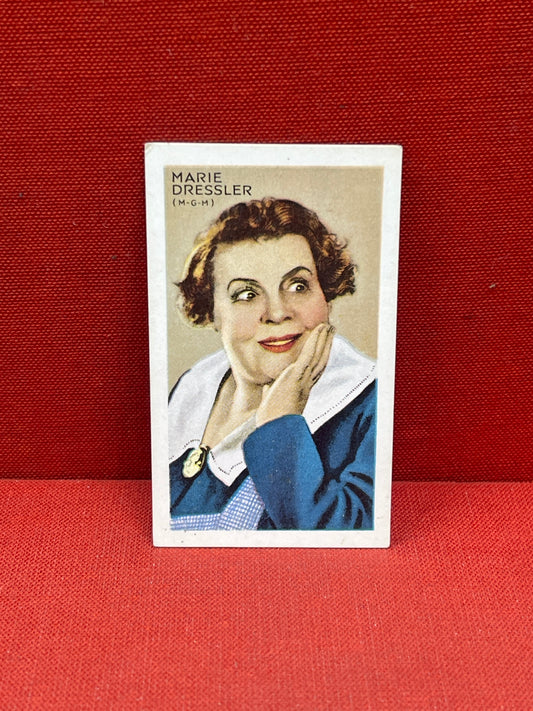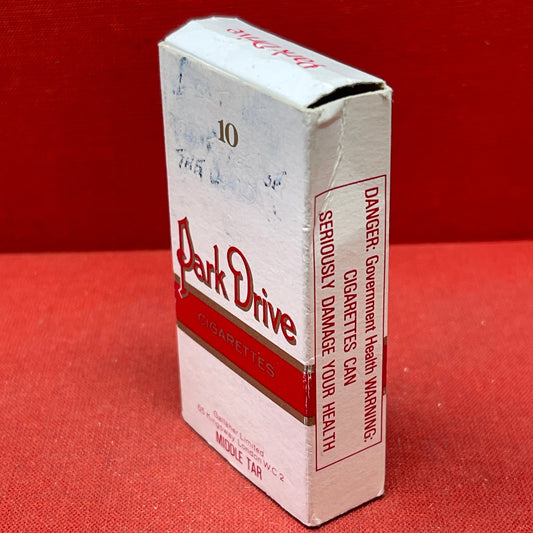Collection: Park Drive Cigarette Cards
Park Drive cigarette cards have a lesser-known but nonetheless intriguing history in the realm of tobacco-related collectibles. Here's an overview:
Origins (Late 19th Century):
- Park Drive was a brand of cigarettes produced by the British tobacco company WD & HO Wills, which was established in 1786.
- Park Drive cigarettes were introduced in the late 19th century, catering to the growing demand for machine-made cigarettes.
Introduction of Cigarette Cards (Early 20th Century):
- Following the trend set by other tobacco companies like Wills, Park Drive began including illustrated cards in their cigarette packets as a marketing tactic.
- These cards were typically small in size and featured a wide array of subjects, similar to those found in other cigarette card series.
Themes and Series:
- Park Drive cigarette cards covered various themes, including sports, military history, wildlife, transportation, and popular culture.
- While perhaps not as prolific or iconic as some other cigarette card producers, Park Drive still offered collectors an interesting range of subjects to collect and trade.
Cultural Impact and Decline:
- Park Drive cigarette cards, like those produced by other tobacco companies, enjoyed popularity among smokers and collectors during the early to mid-20th century.
- However, as with many other cigarette card producers, the decline in smoking rates and increased regulation of tobacco advertising led to a decrease in the production and distribution of cigarette cards.
Legacy and Collectibility:
- While Park Drive cigarette cards may not have reached the same level of fame or recognition as some other brands, they still hold value for collectors interested in tobacco-related ephemera and historical memorabilia.
- Today, Park Drive cigarette cards are sought after by collectors looking to complete sets or add to their collections of vintage cigarette cards.
- They serve as tangible reminders of a bygone era when cigarette cards were a ubiquitous part of popular culture, advertising, and consumerism.






